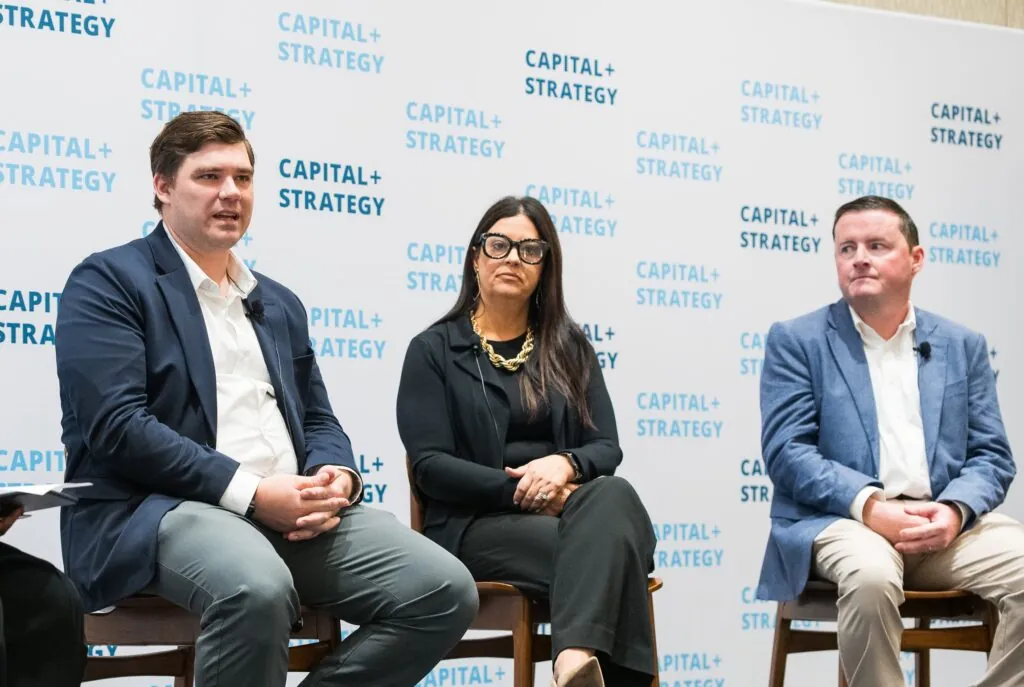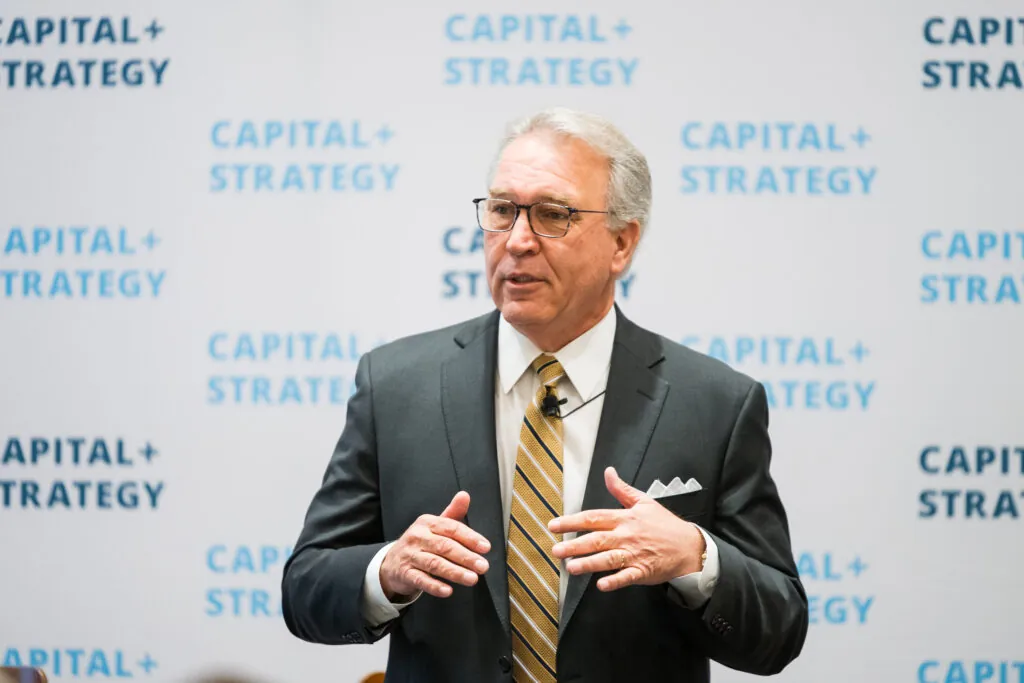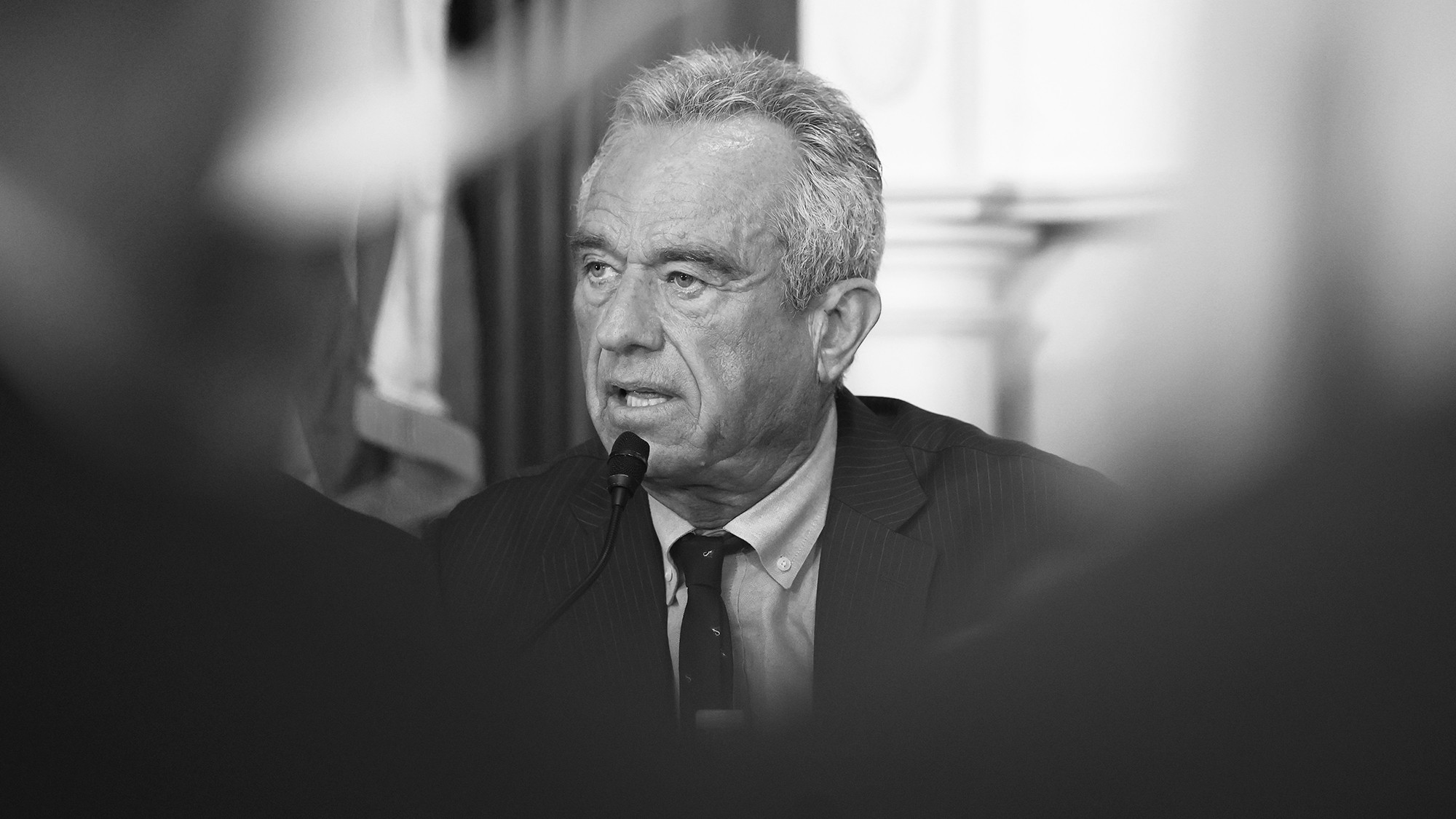
This article is a part of your HHCN+ Membership
Staffing shortages, reimbursement cuts, staying competitive in a crowded market, the rising cost of care — if you ask home-based care providers about the challenges they’re currently facing, these are some of the responses you will receive.
Despite these headwinds, some home-based care leaders have a much sunnier 2025 outlook than one would expect–or at least, their outlook is rosier than I expected, heading into last week’s Capital + Strategy conference.
“We’re faring very well, and I think the industry is as well,” David Lester, CEO of ProHealth Home Health & Hospice, told me on stage last week at the conference, which took place in Orlando, Florida.
Lester’s rosier outlook wasn’t an anomaly among his peers on stage or other conference attendees.
At the conference, providers also offered other insights that painted a clearer picture of the current state of the home-based care industry. Those insights left me with three main takeaways:
- Differentiation is more crucial than ever, and engaging in new clinical models is one way home-based care providers are achieving this.
- Home-based care providers are “at a precipice” with regard to harnessing technology.
- Despite an overall bullish outlook, the sector is in a period of uncertainty.
In this week’s exclusive, members-only HHCN+ Update, I highlight and dive deep on things that stood out to me the most from the event.
Implementing new clinical models
A home-based care leader once told me that since most providers typically offer a lot of the same services, differentiation should be top priority for all companies in this space.
With this in mind, I noticed an uptick in providers willing to incorporate new clinical models in order to expand their company’s services lines, in a way that would separate them from industry peers.
At ProHealth Home Health & Hospice, the focus has been on investing in its chronic illness programs.
“We review those twice a year, tweak, test different aspects of the programs in specific markets to see if we can move the needle on our numbers,” Lester told me onstage. “We’re really just doubling down on that.”
Lester’s company is not the only one making big bets–and seeing notable payoffs–from these types of programs. This was evident at the conference and also is reflected in our recent reporting; for instance, Gentiva CEO David Causby recently cited the launch of the Illumia palliative care program as a significant achievement, and said the company is focused on leveraging Illumia to deepen market penetration through partnerships. Similarly, companies like Amedisys (Nasdaq: AMED) and SSM Health at Home have implemented disease-specific care programs.
During that same panel discussion as Lester, Rhonda Sanders, chief access officer at Empath Health, opened up about how the diversification of the company’s offerings has been a strategy to offset the challenges that have stemmed from reimbursement cuts.
The result of this has been a dementia care push at Empath Health.
“We all know, dementia is on the rise across the nation and internationally, so we’ve invested in education and training for our clinicians,” Sanders told me. “On top of that, we’ve actually launched the first ever dementia training center for caregivers, patients and families in Ocala, Florida. We’re able to intervene earlier in the disease process, we’ve seen an improvement in length of stay of our patients, a reduction in re-hospitalization and improvement in overall quality of care.”
Empath Health isn’t alone on this front — as we’ve reported, companies like Pansy Homecare, Friendly Faces Senior Care and Full Bloom Memory Care have all set themselves apart by specializing in at-home dementia care.
Plus, Synergy HomeCare entered the growing in-home cancer care space last year. This move was part of the home care franchise companies move toward developing specialty programs, more broadly.
Rich Paul, chief partnership officer at Synergy, explained to HHCN editor Morgan Gonzales that the move was a natural progression for the company, due to their proximity to a number of cancer medical groups in the markets where Synergy operates.
“For us by having this specialization, we also opened up some strategic partnerships where we can partner with cancer centers,” he told Morgan during a panel discussion. “We can partner with organizations that support individuals living with disabilities, with the Alzheimer’s Association. The list just goes on and on and on. It’s endless.”
Technology solutions drive efficiency
I’m finding that, more than ever, home-based care providers are willing to implement technology to drive operational efficiencies and stretch clinical capacity.
Shradha Aiyer, vice president of product and engineering at Axxess, said she has also found this to be the case.
“We’re at a precipice with respect to technology changes,” she told me on stage.

Aiyer noted that providers are often using technology to streamline communications across the organization.
“There’s so much information that’s coming at our care providers with respect to changes in condition,” she said.
The embrace of telehealth has allowed home-based care company Healing Hands to expand its clinical reach.
“[We’re] utilizing video, [so that we are not] overloading any of our nurses,” Alysha Humpert, senior director sales, patient services at Healing Hands, told me on stage. “It lets us handle some of those needs that aren’t necessarily hands-on at that time.”
When it comes to adopting technology, and embracing innovation more broadly, Aiyer believes that success largely depends on middle management.
“If your middle managers, if your clinical directors at the branch levels, are adopting the technology that you have put in place … that will really ensure that you’re driving efficiency,” she said. “We’re all doing a lot more with less.”
Discussions of innovation would be incomplete without a look at the ways companies are using AI tools. David DeGumbia, senior vice president and chief development officer at Compassus, was one of many leaders who described the increasing presence and importance of such technology systems.
DeGumbia also noted that when considering a potential investment target, he takes into account how that company is incorporating technology tools.
“I want to see innovation,” he said on stage. “How are they trying to make life easier for their caregivers? I’m a former caregiver, so that’s near and dear to my heart.”
Ultimately, whatever the technology solution, providers should be asking their vendors to raise the bar.
“Ask more from your vendors, what they can do for you, and to prove their salt,” Helen Adeosun, CEO and founder of CareAcademy, told me on stage.
Home-based care’s rosy 2025 outlook
Picture this: You’re on stage for the first panel discussion of the day at the 2025 Capital + Strategy conference. Pen, iPad and panel questions are all in hand.
 Home Health Care News Home Health Care News
Home Health Care News Home Health Care NewsAfter the audience begins to quiet down, the session officially begins. In order to kick off the discussion you ask a panel that includes c-suite leaders their views on how the home-based care industry is fairing in 2025. You anticipate a sea of negative responses that detail all of the headwinds that providers are currently facing–not to mention the recent capital markets turmoil that has business leaders across all sorts of sectors on edge.
Instead, all three panelists defied my expectations.
Providers had a mostly positive 2025 outlook and view on how their individual companies have been fairing so far.
“I think the industry is doing very well,” Empath’s Sanders said. “There’s increased demand for home-based care. It’s on the rise. By 2030, 20% of the population is going to be 65 and older. It’s a great day to be in our space, and we’re faring well, despite regulatory changes and wage increases.”
Adam Thomas, chief administrative officer at LifeCare Home Health Family, agreed with Sanders.
“Every day, going to work and having our frontline staff take care of our patients, it’s a grind,” he told me. “There’s no getting around it, but I think it’s always been a grind. Overall, the industry is optimistic. We’re going to find a way to be successful in whatever environment we are thrown into, and we’re just going to keep chugging along.”
Despite some uncertainties, this optimism carried over into the M&A space late last year, according toMark Kulik, senior managing director at The Braff Group.
“At the end of 2024, those of us that are involved in transactions and dealmaking, were optimistic about how the year was ending,” he said during the conference’s opening session. “Elections were over, interest rates were coming down. The inflation rate was about to be brought under control, close to 2%. There was, across the board, optimism that there was going to be a robust level of activity this year, both in transactions and valuations.”

Still, Kulik pointed out that the results of Q1, and the past few weeks have stakeholders wavering in their positive outlook.
“I think this optimism has been replaced by fresh uncertainty,” he said. “I think that’s the new term I heard coined for the time frame that we’re in right now.”
Even in uncertain times, I would argue that providers have a few things on their side. For one, the willingness to go above and beyond their current services offering indicates that providers aren’t resting on their laurels.
Demand for care continues to rise amid workforce shortages. Reimbursement remains up in the air. But providers’ ability to stretch their clinical capacity demonstrates that they are prepared to meet the moment. And if these providers differentiate themselves in the marketplace, find ways to drive revenue and attract new patients, and invest in technology to drive efficiency and innovative operations, they should be able to navigate current uncertainties and make good on the bullish outlook that so many leaders shared at the conference.
The post 3 Trends Showing Home-Based Care Providers Are Meeting The Moment appeared first on Home Health Care News.






